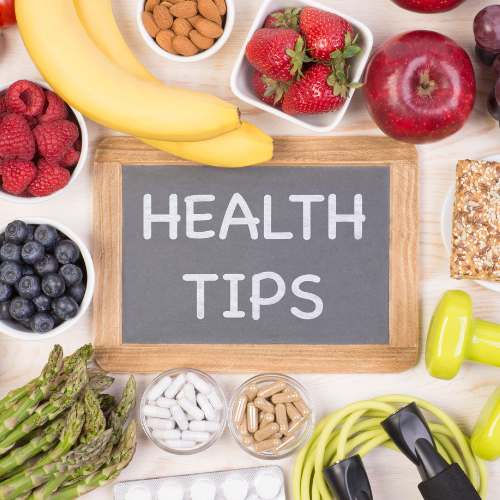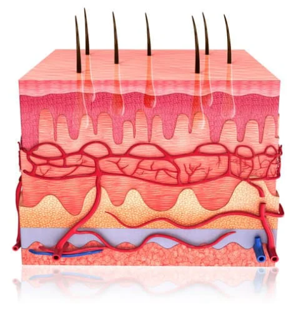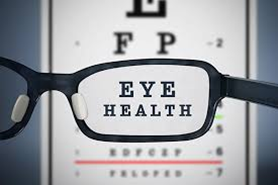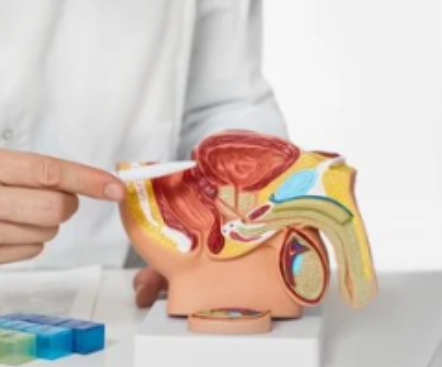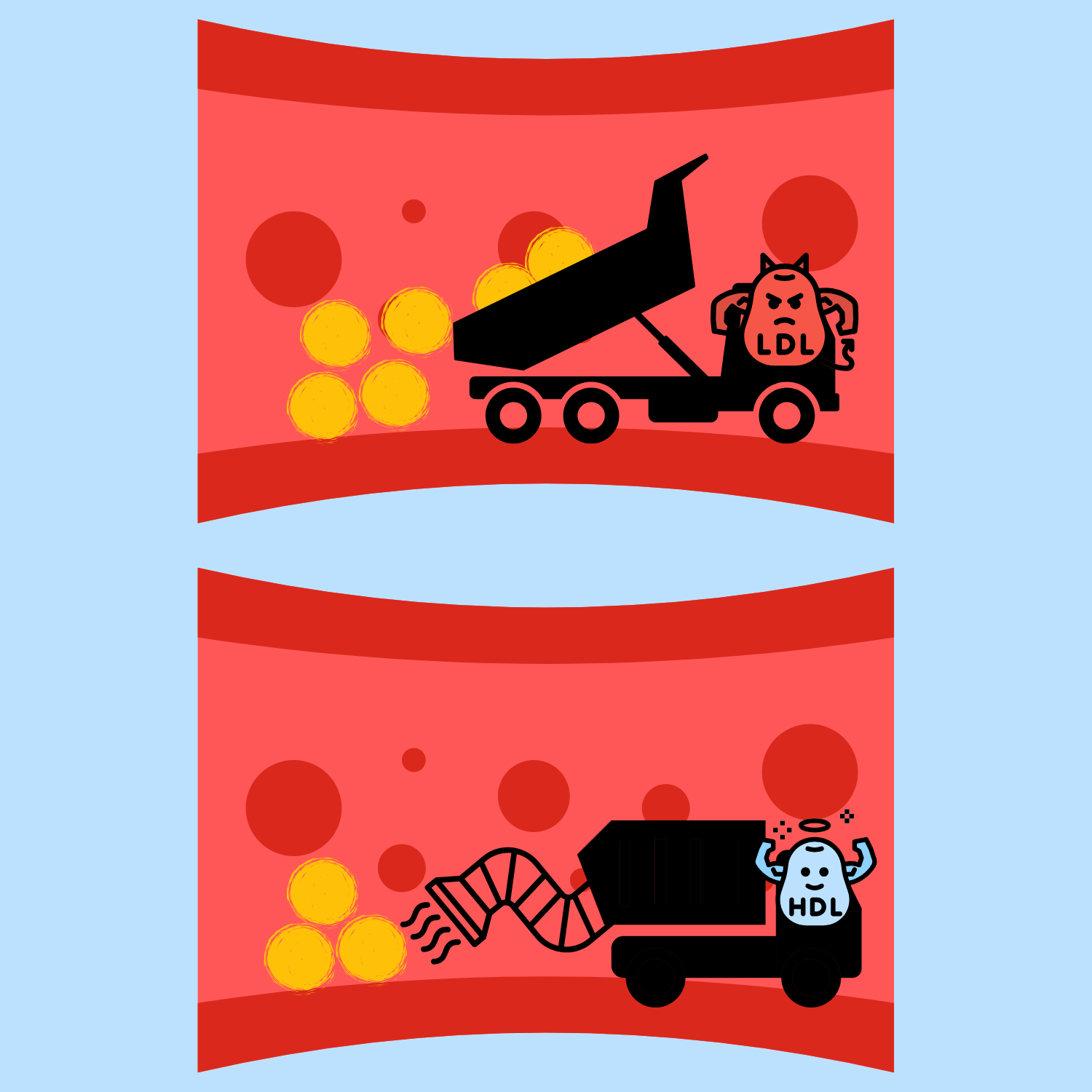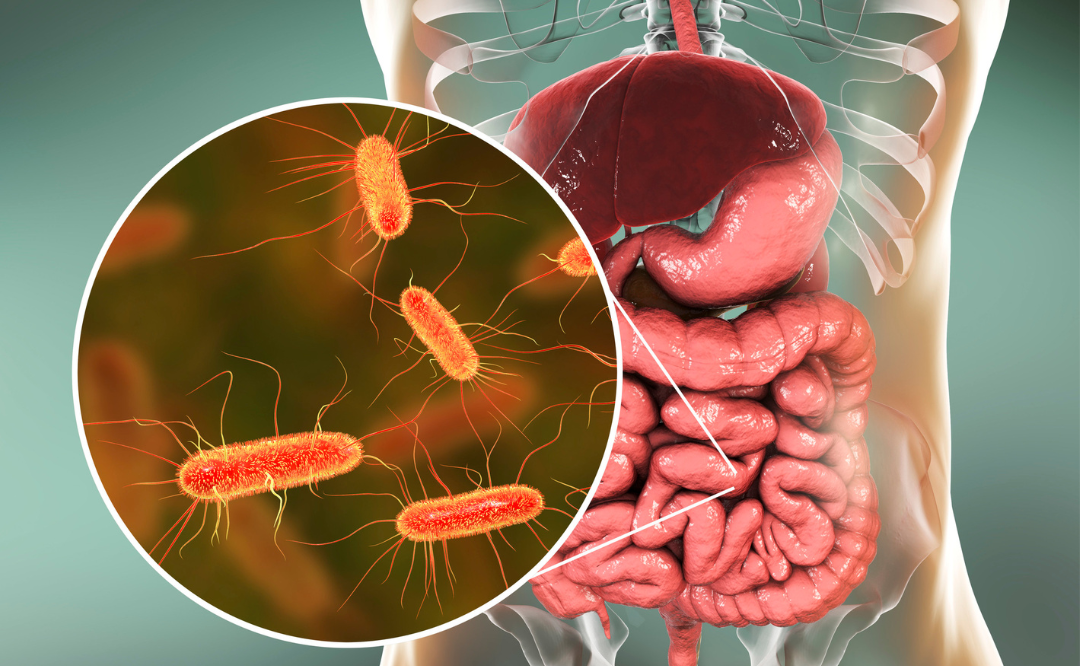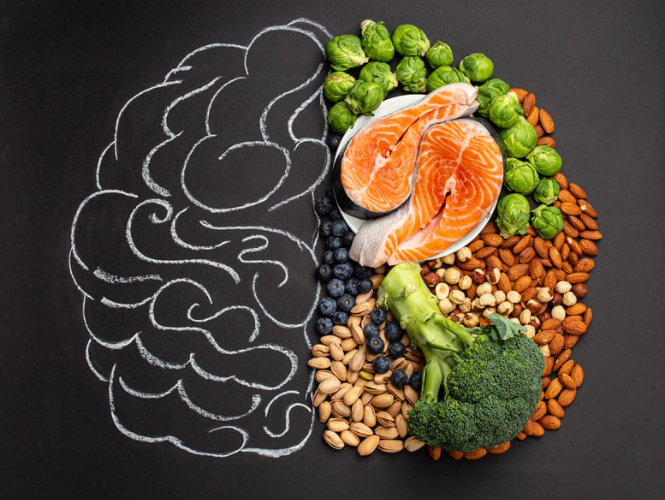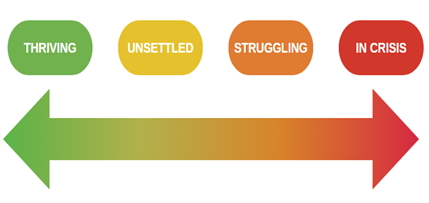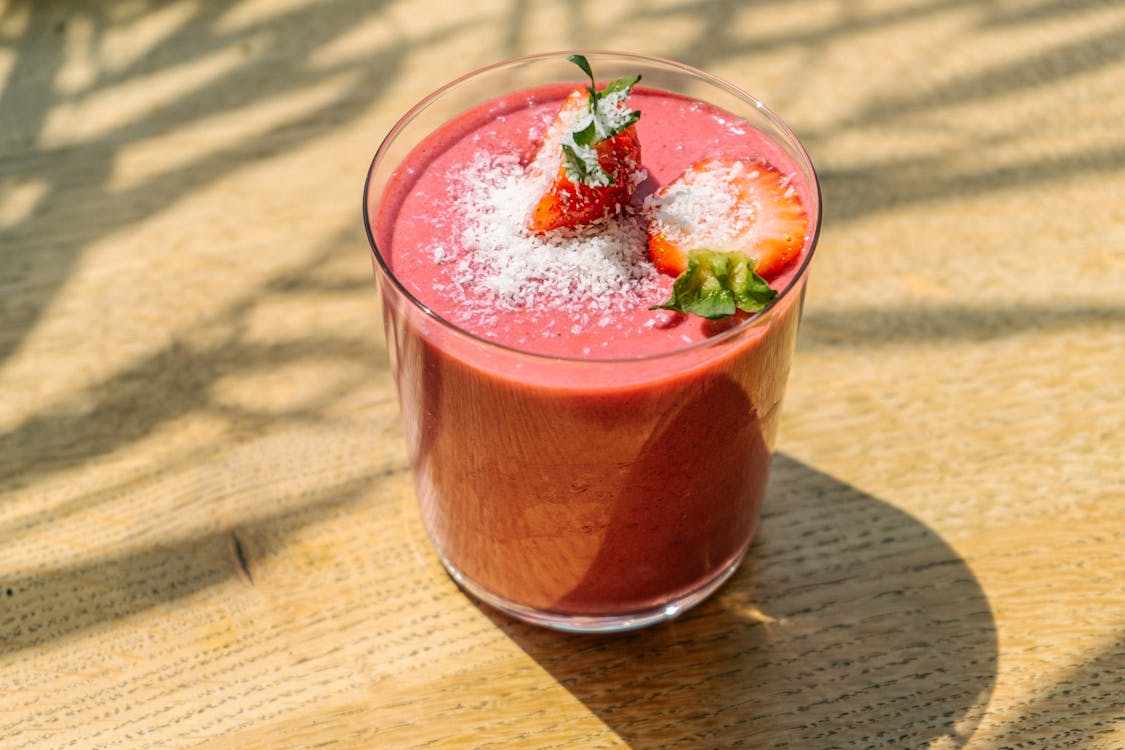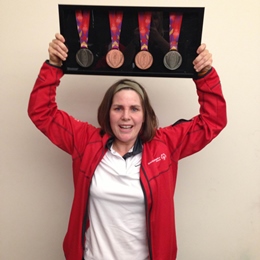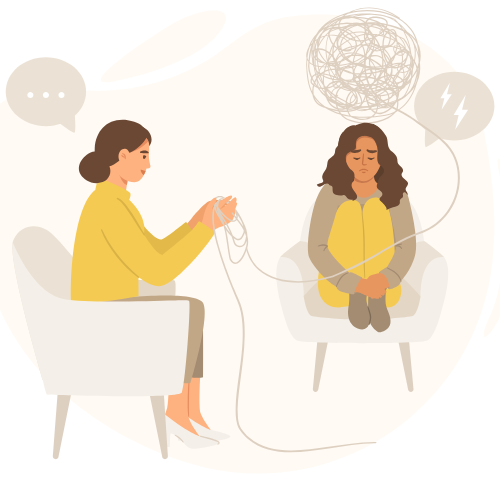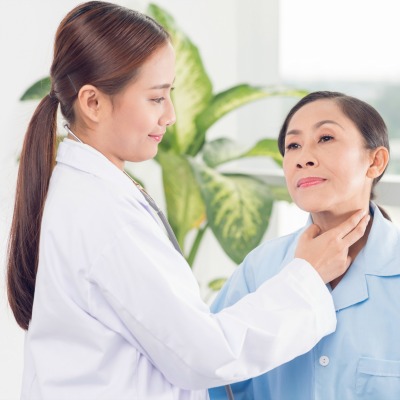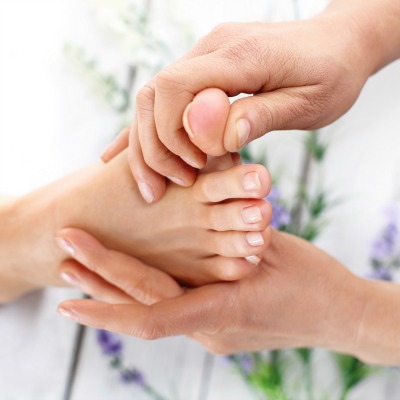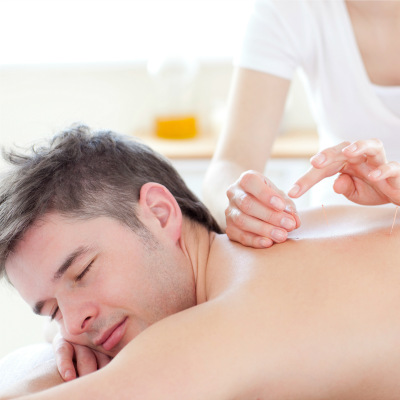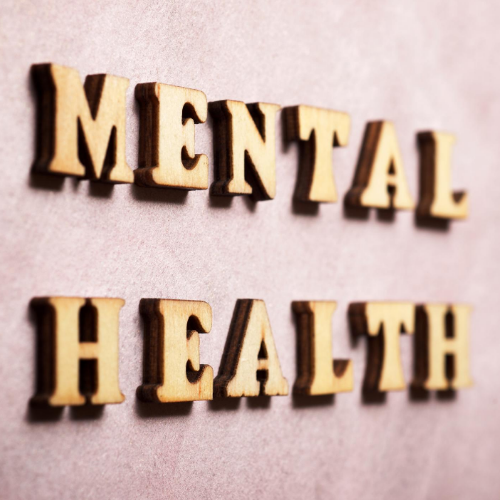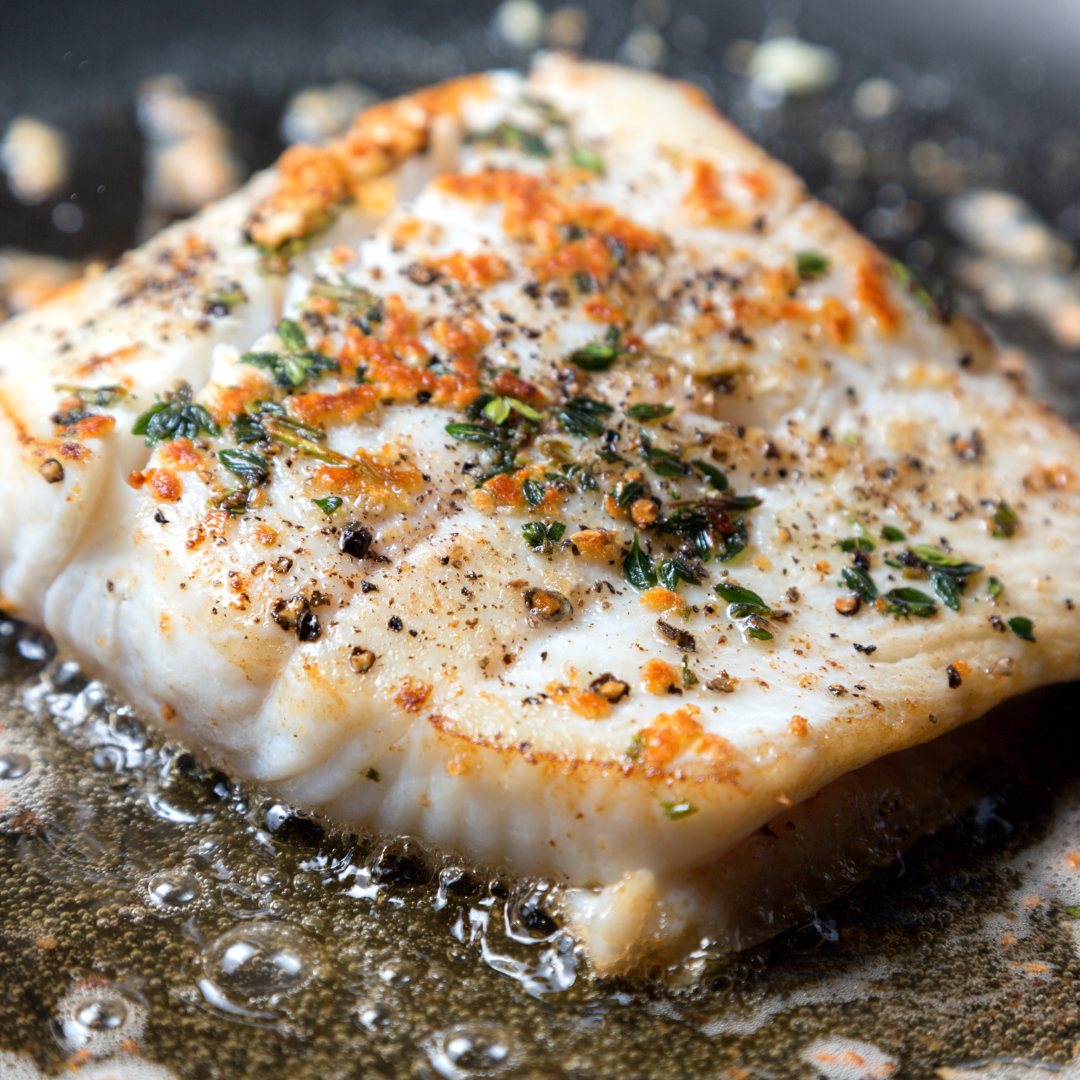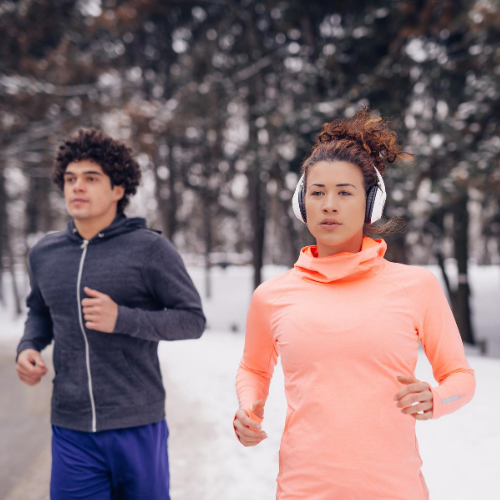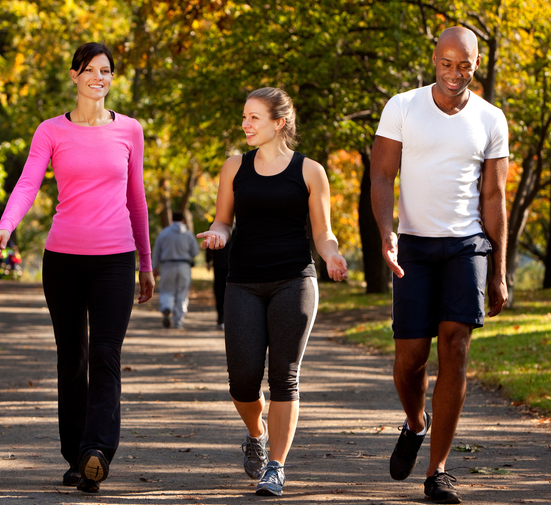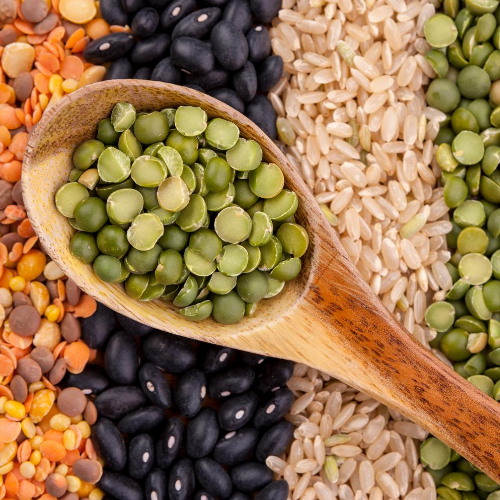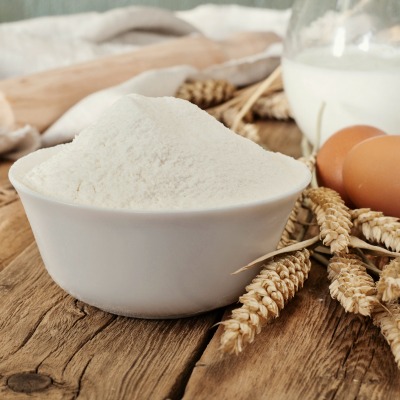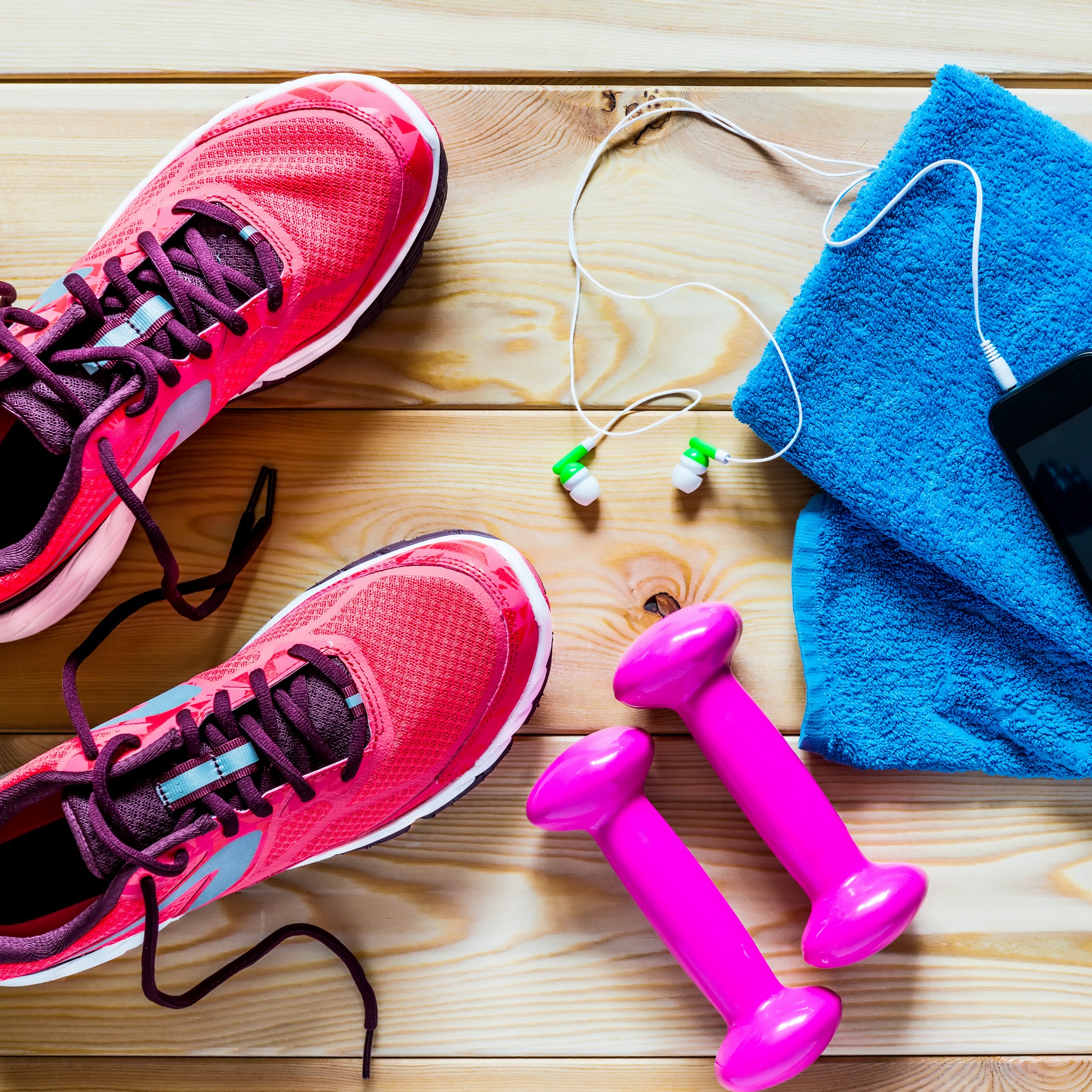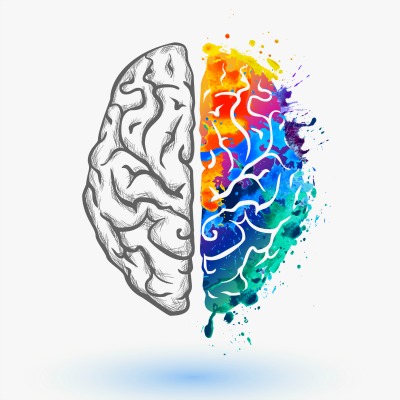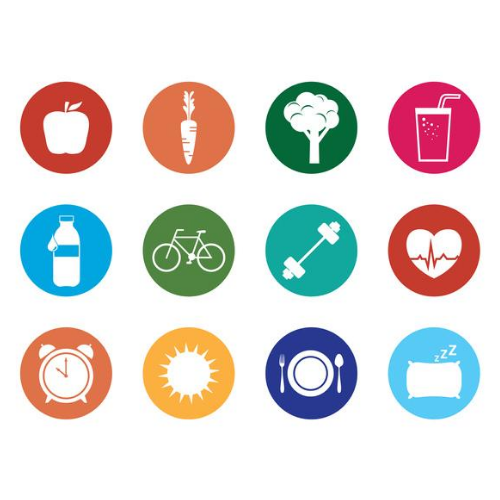

Heat exhaustion is a serious concern, and if left untreated, it could result in a life-threatening situation known as heat stroke. These conditions are most common in the summer months due to high humidity and people spending more time outdoors.
Heat exhaustion occurs when the body loses excess amounts of water and salt, usually from sweating. Heat stroke is a serious medical condition that occurs when the body’s temperature rises to 40°C (104°F) or higher and is unable to control it.
Typically, children under the age of 4 and adults over 65 years of age have a higher chance of getting heat-related illnesses because the body’s ability to control temperature is more difficult at these ages. However, it can affect anyone!
Heat Exhaustion Symptoms:
- Body temperature 37°C-40°C (98.6°F-104°F)
- Heavy sweating
- Pale, moist skin
- Exhaustion, weakness
- Faint, lightheaded
- Headache, dizziness
- Weak pulse
- Nausea
- Muscle cramps
Treatment:
- Move to a cool shady area and rest
- Remove excess clothing
- Drink cool water
- Take a cool shower or use cold compress
Heat Stroke Symptoms:
- Body temperature >40°C (104°F)
- Sweating may or may not be present
- Warm, dry skin
- Confusion
- Unconsciousness
- Rapid pulse
- Rapid heart rate
- Vomiting
- Seizures
Treatment:
- Call local emergency number
- Move to a cool area and rest
- Remove excess clothing
- Drench body in cool water
- Place ice bags on armpits
- Stay cool until help arrives
How to Prevent Heat Stroke:
- Dress in loose clothing made from light materials
- Drink plenty of water throughout the day
- If you feel heat exhaustion coming in, drink a sports drink with electrolytes
- Avoid wearing dark colors such as black
- Stand in cool, shaded areas whenever possible





















